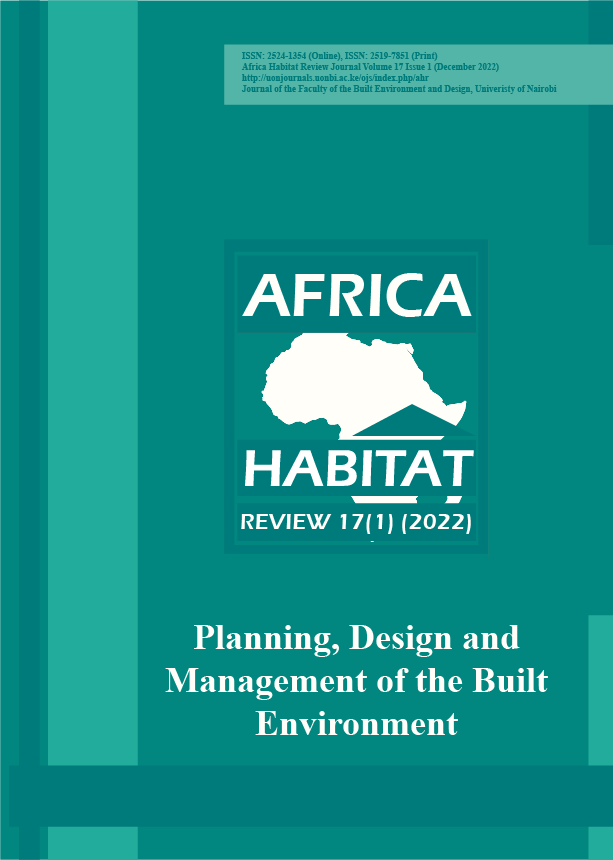Dynamic Urbanism and the Notion of Heritage Conservation:
Lessons from Lamu
Abstract
There are no conceptual or practical frameworks to recognise and guide the development of spatial hybrids in Historic Swahili urban landscapes. The underlying tension between dynamic urbanism and the conservation agenda, both of which are intense political processes, has resulted in spatial hybrids and an urban environment that is problematic to define. Through an in-depth case study of Lamu this study aims to investigate the factors impacting the built urban fabric of Lamu old town and consequently form a critical approach towards heritage conservation. Lamu was carefully selected because it is the oldest living historic city in Kenya, with over 500 years of history. Given that it is the oldest and best preserved Swahili settlement along the East African coast, Lamu Old Town World Heritage property and its surrounding setting in the Lamu archipelago contributes to its ‘Outstanding Universal Value’. Following the launch of Kenya’s high modernist vision 2030 to open up marginal areas to global trade and economic growth, Lamu is scheduled to host the epicentre of perhaps the largest and most complex infrastructural project since the country’s independence – Lamu Port South Sudan Ethiopian Transport Corridor (LAPSSET). The study is founded on the post-colonial theory of ‘centre and periphery’ and its application to heritage conservation. Combining theoretical and philosophical frameworks with first-hand data collected through field activities, the author examines the internal heterogeneity of heritage conservation and dynamic urbanism, and the influence this has had on the built environment. The study reveals that both processes are based on a common philosophical commitment to public welfare. However, heritage conservation is underpinned by static connotations while the modernist vision is rooted in the unrealistic and exclusive. Key findings point to inequalities, informal building practices, and a lack of appropriate policy in the urban environment. Several factors mainly economic, political and social factors have impacted the built environment. The current approach of conservation practice has not had a lasting impact on the capabilities of local residents, yet it is crucial to the value of the town. The study recommends that a meaningful collaboration between heritage conservation and urban development, through partnerships, appropriate flows of funding and expertise, and policy formulation, guides the development of Lamu town.


